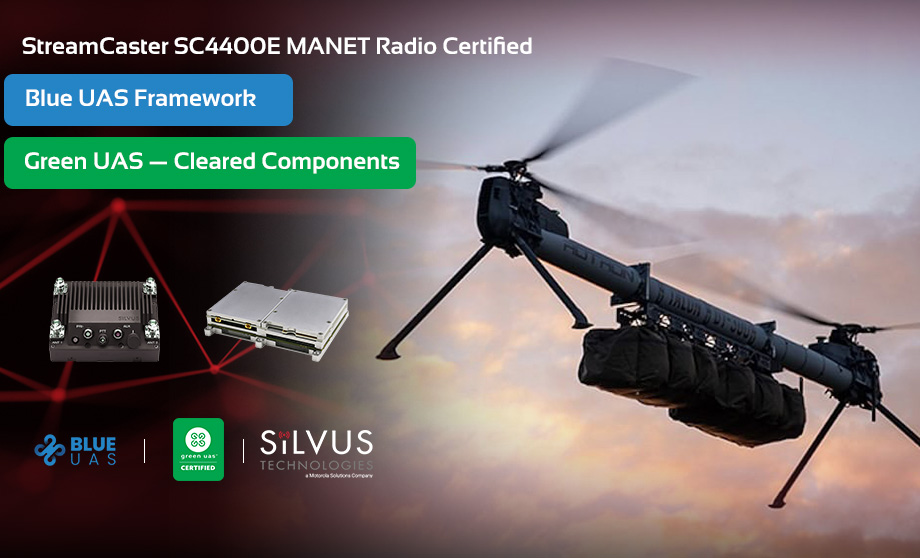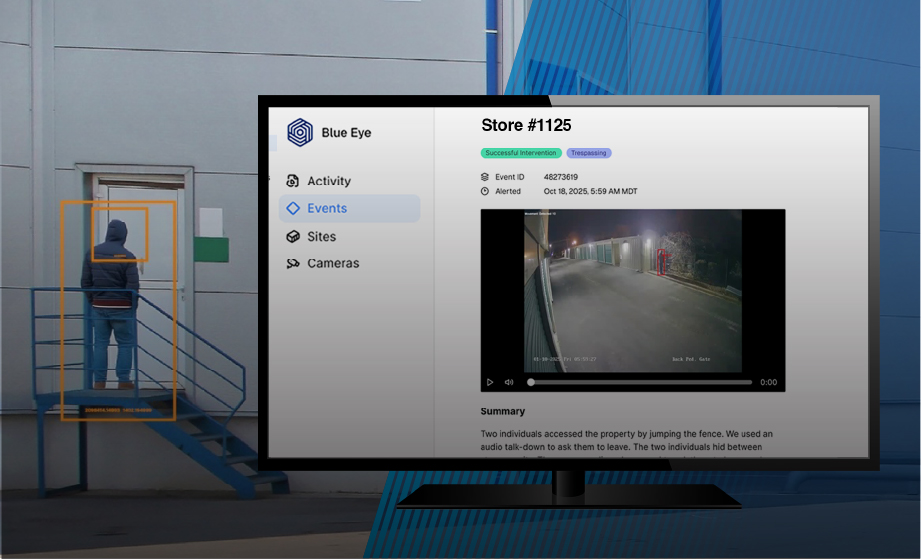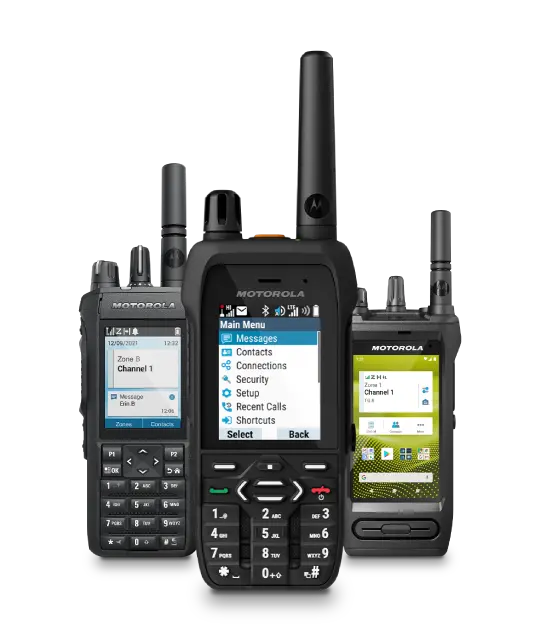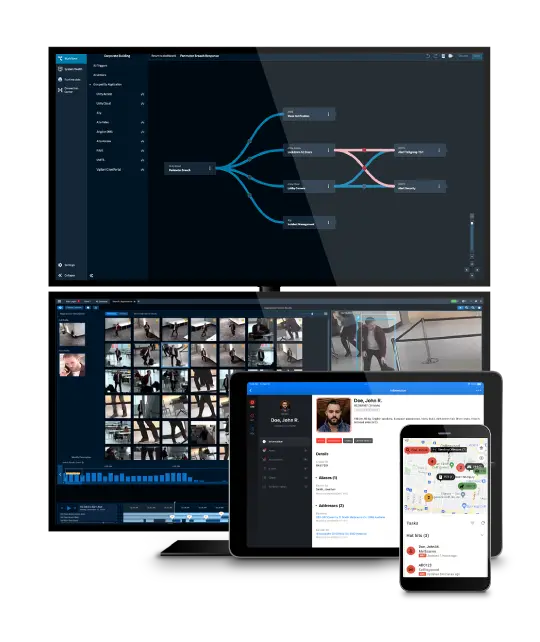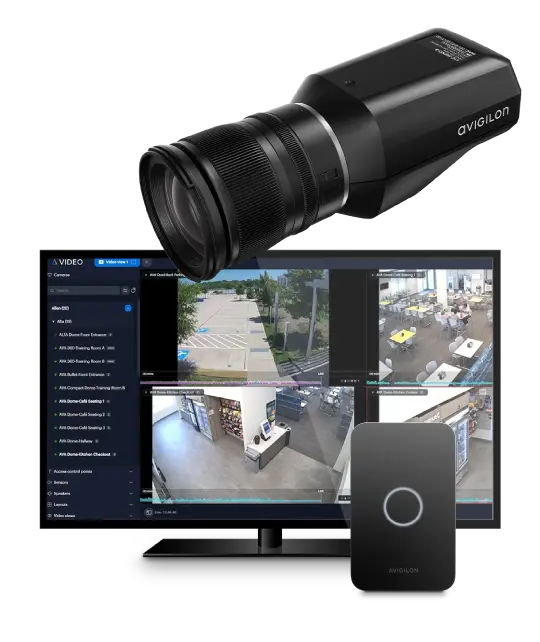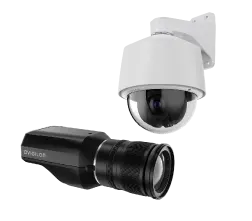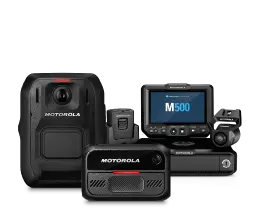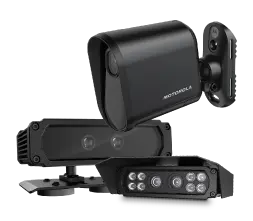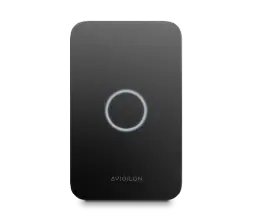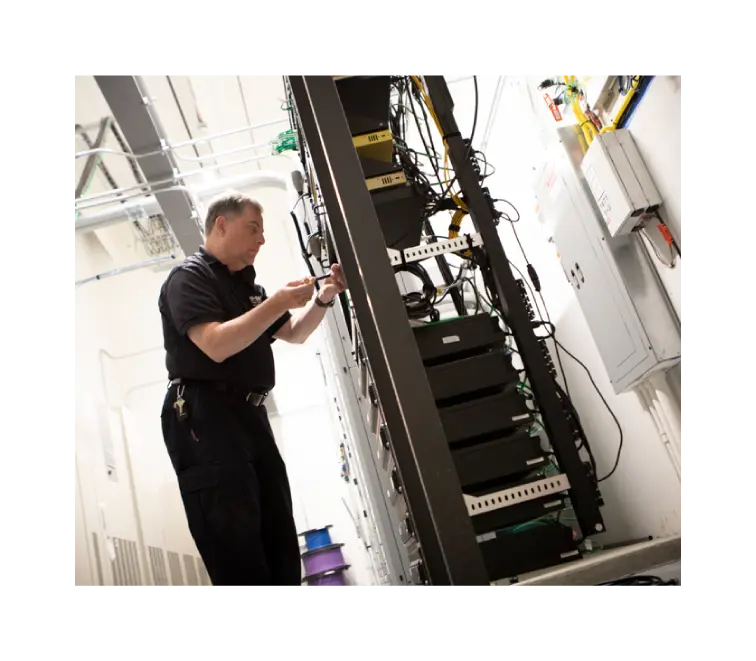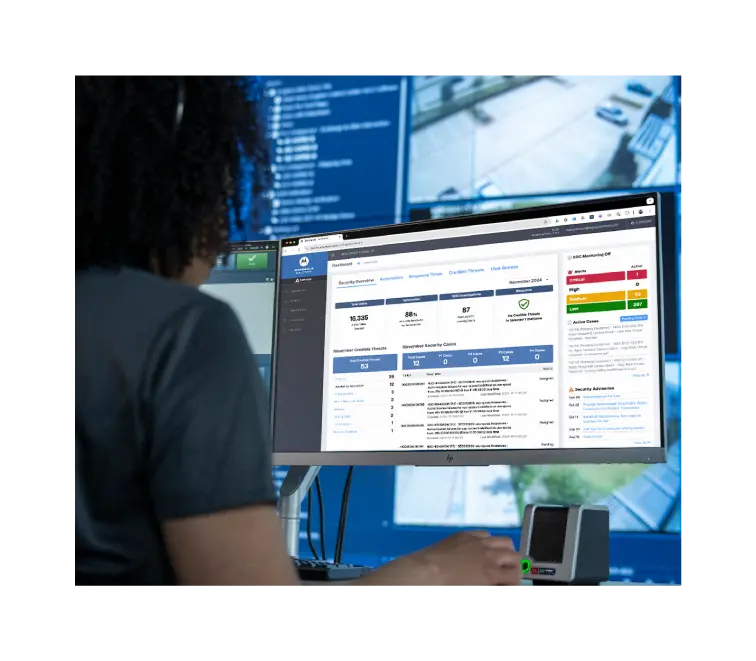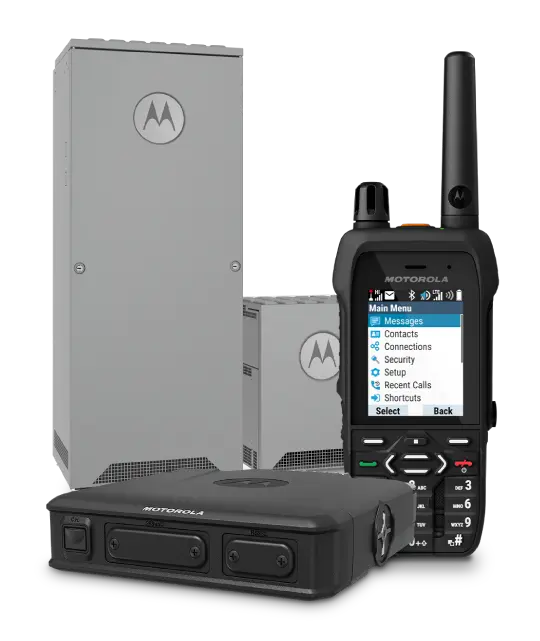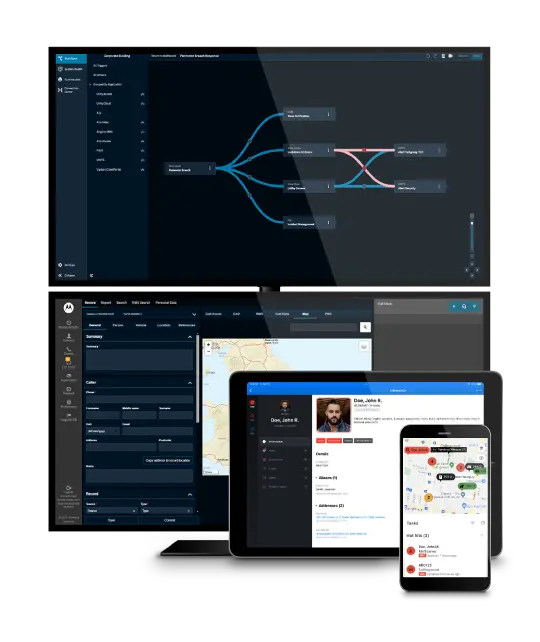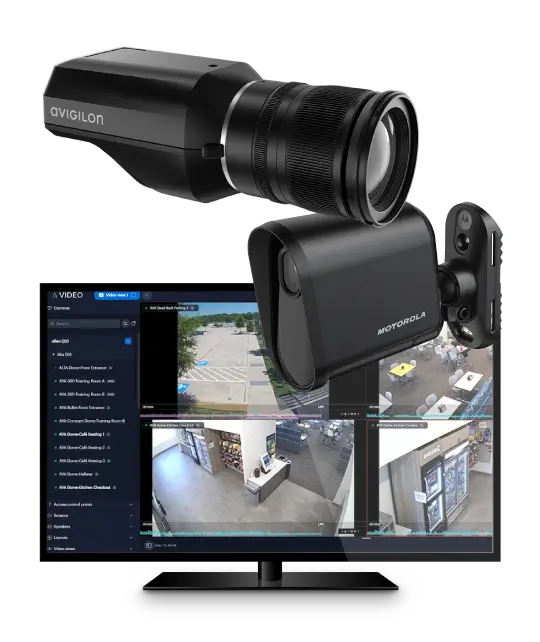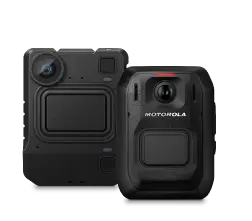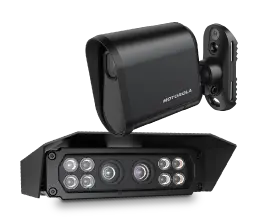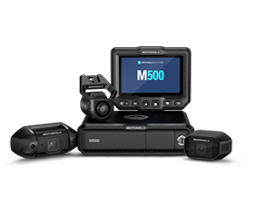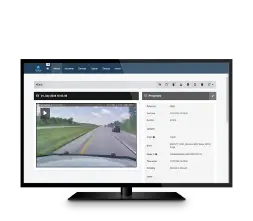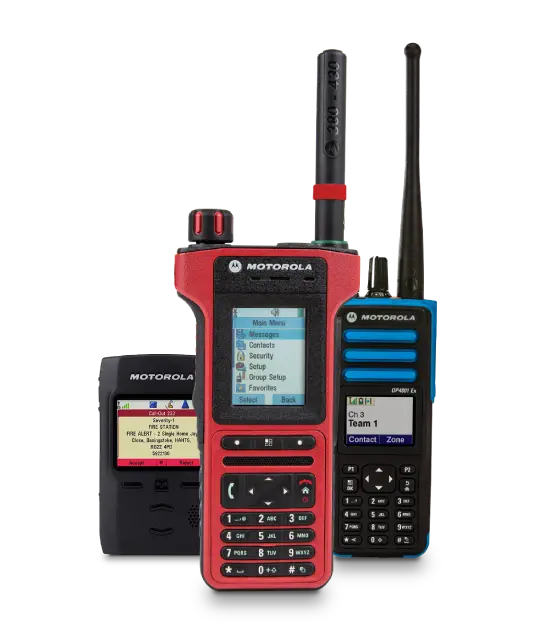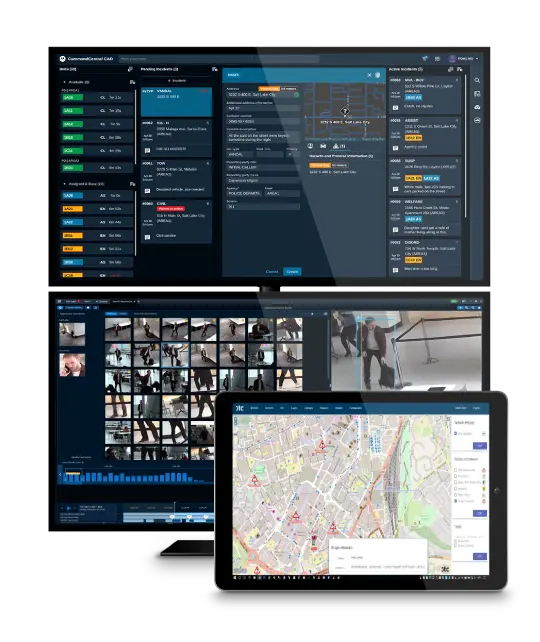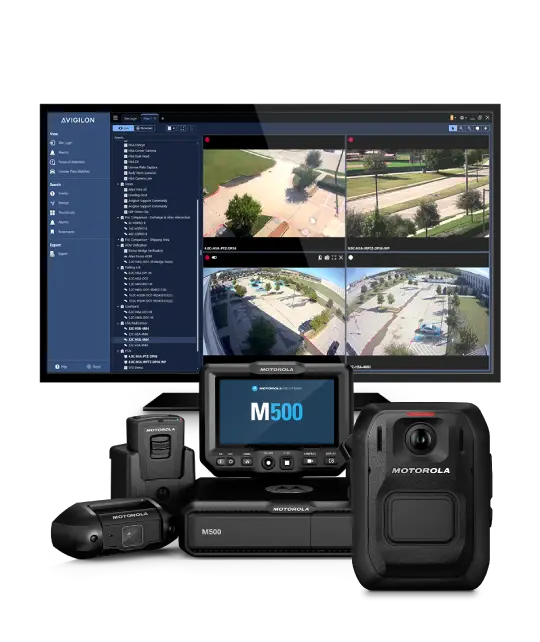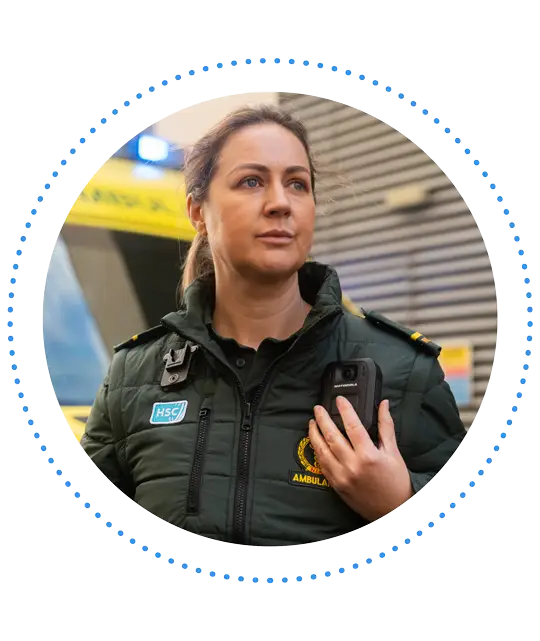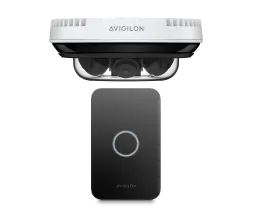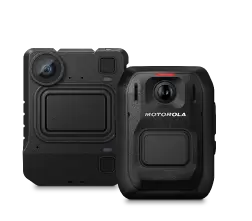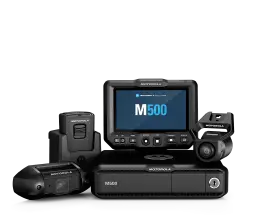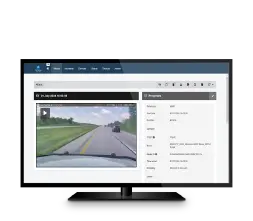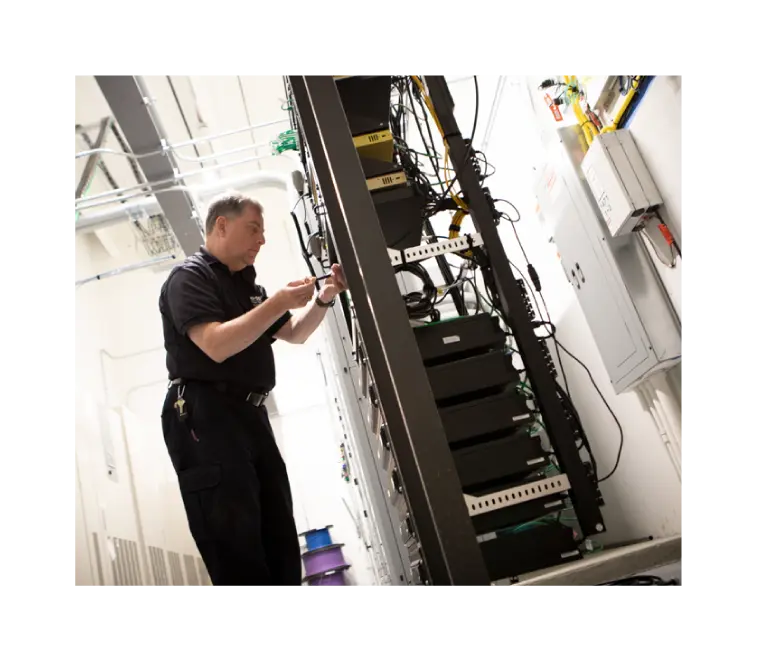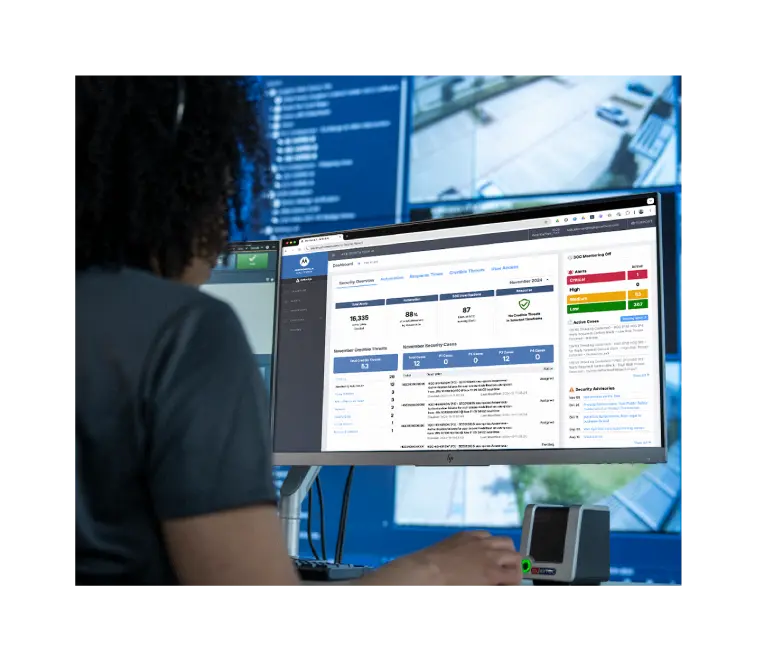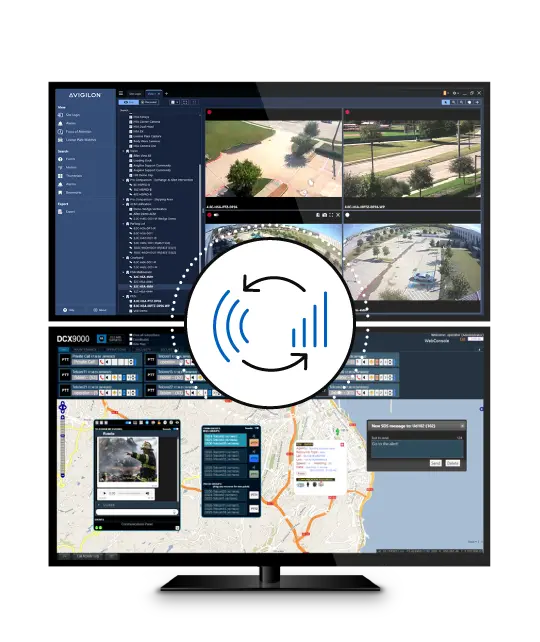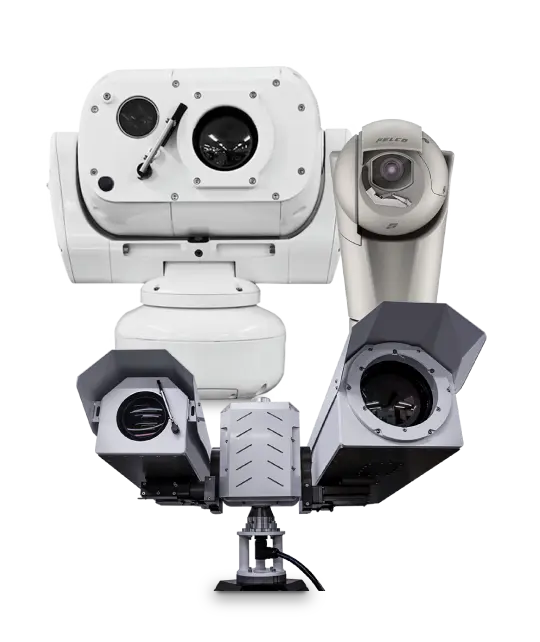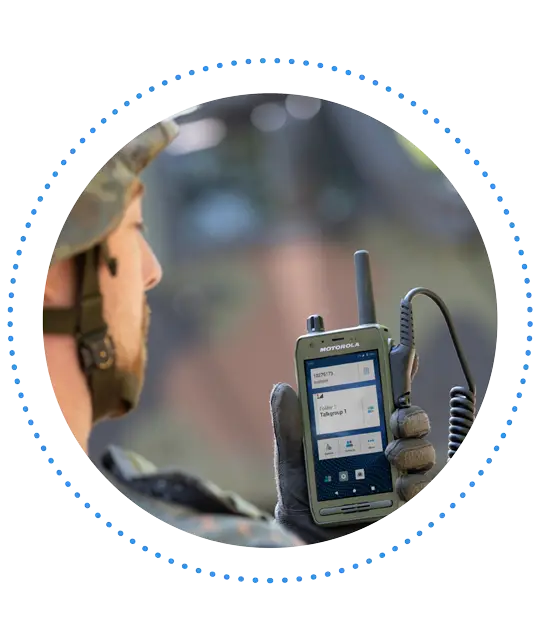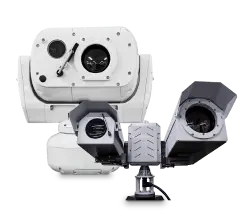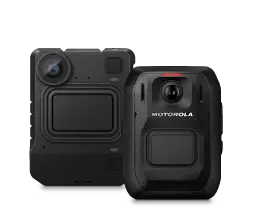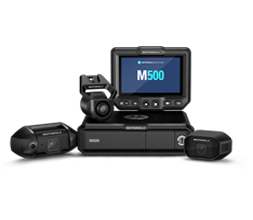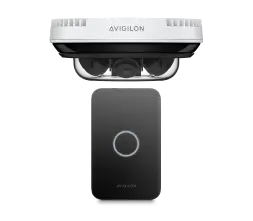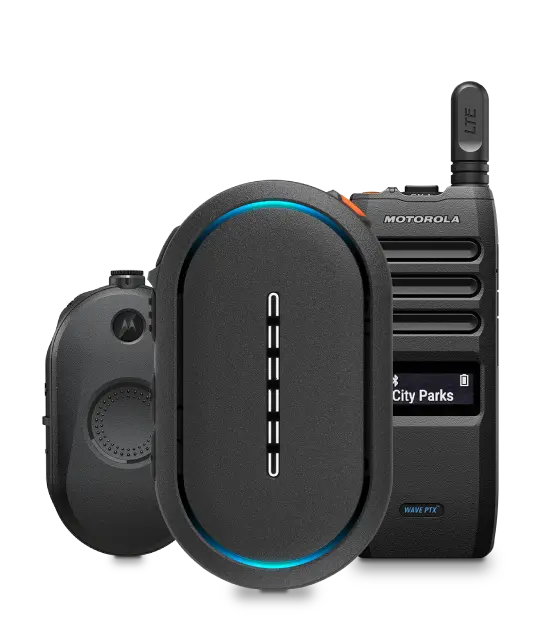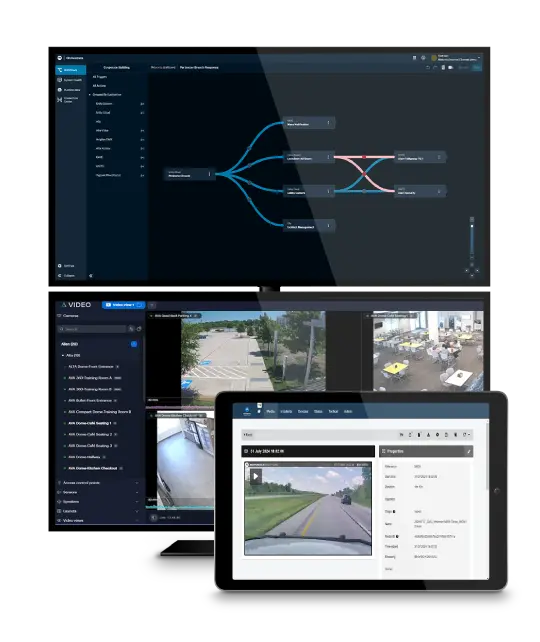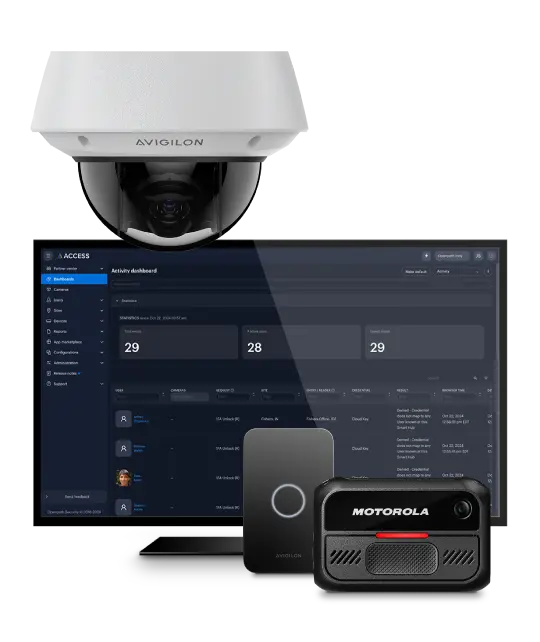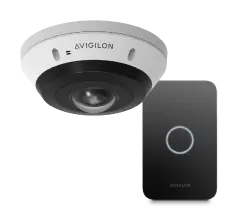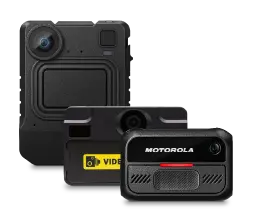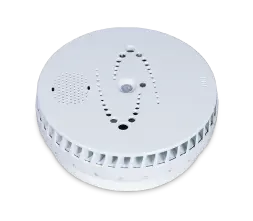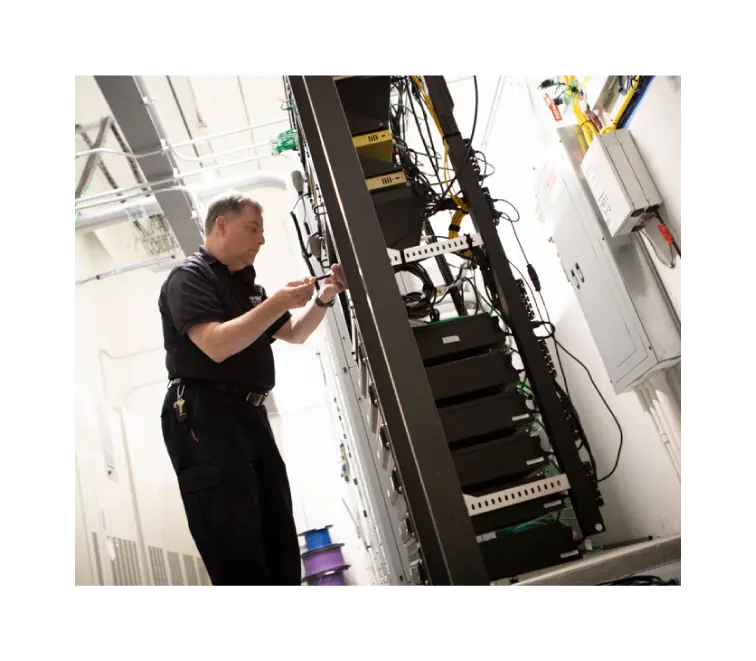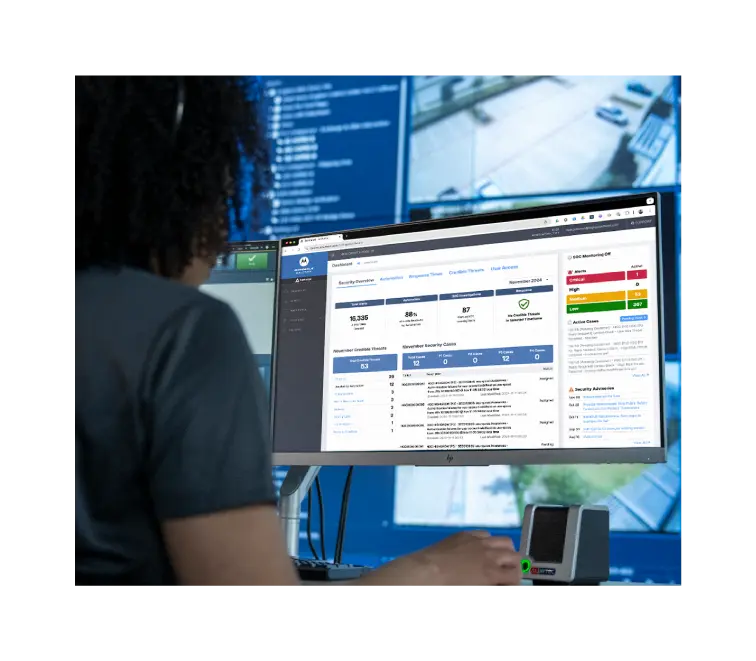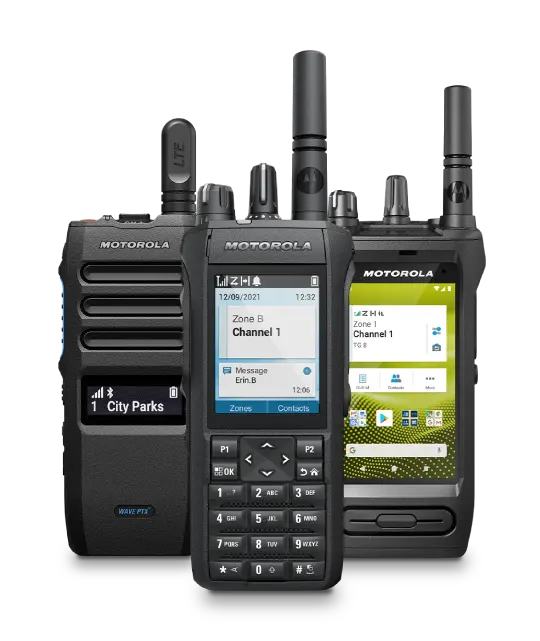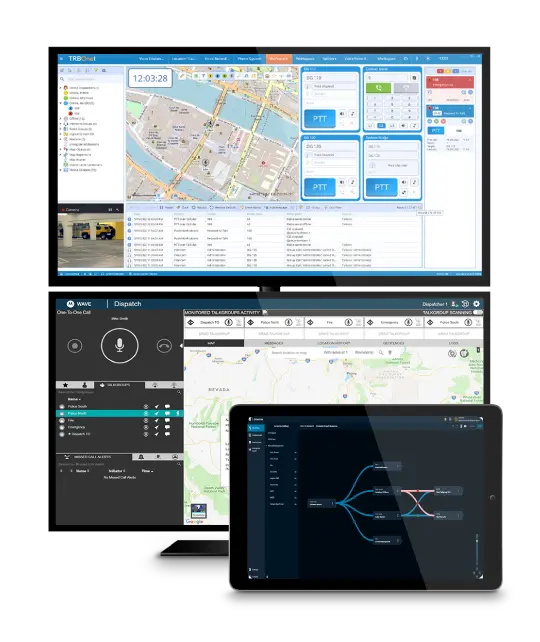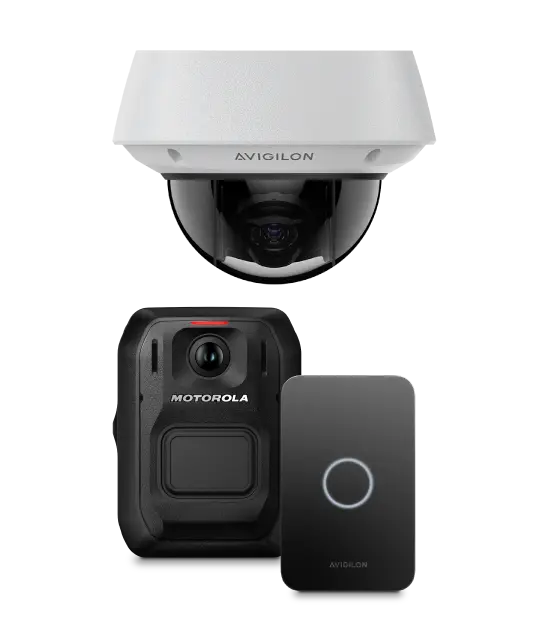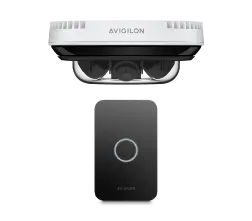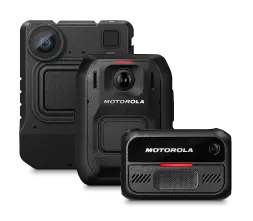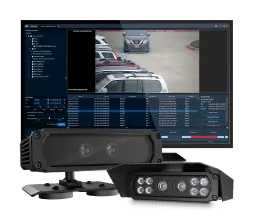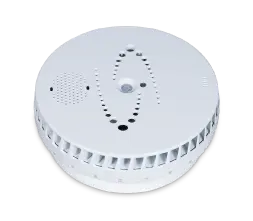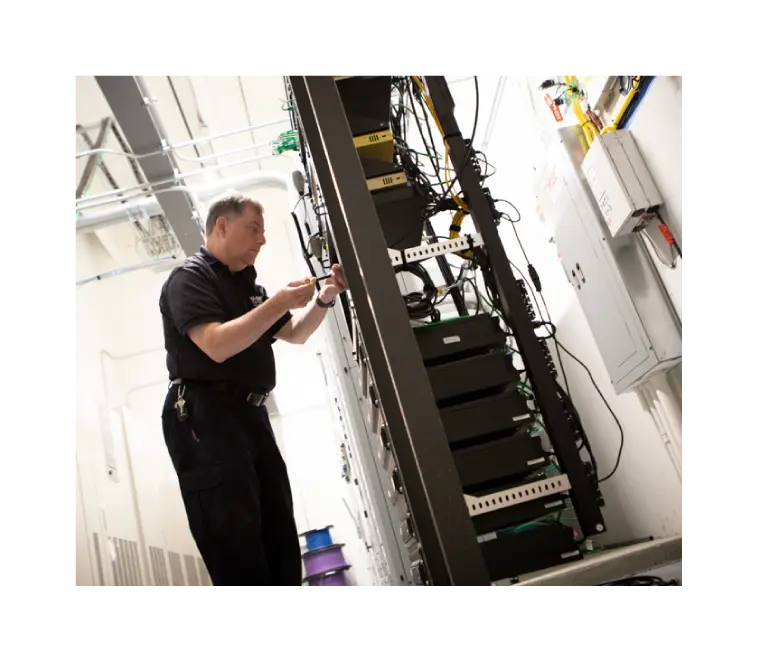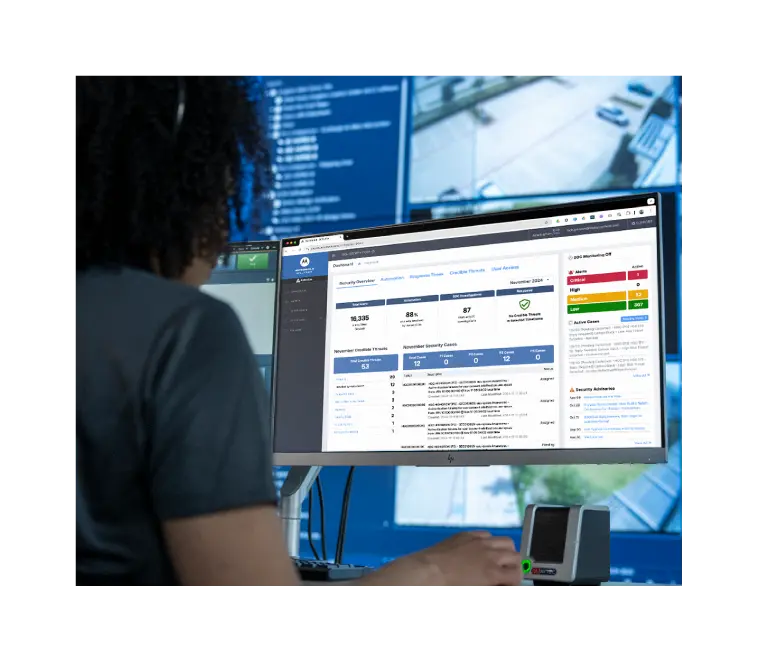Solving for safer
At Motorola Solutions, we build and connect safety and security technologies in our never-ending pursuit to help keep people safer everywhere.
Make safer possible. Together.
The path to safer is a shared mission. We walk beside you to connect those in need with those who can help.
Where safer meets smarter
From check-in to check-out or from stockroom to storefront, your customer experience can be safer and smarter with technologies that connect and protect.
- Solving for safer
- Police hype video
- Surge marketing day
Please wait...
Customise your experience
Solving for safer
We build and connect technologies to help protect people, property and places, enabling the collaboration between public safety agencies and enterprises that’s critical to safety and security.
Our ecosystem helps strengthen safety everywhere.
Learn moreTechnology that’s exponentially more powerful, together.
We make devices and networks that perform exceptionally in the harshest conditions, so you can stay connected and communicate clearly.
Explore all radiosWe unify voice, video and data feeds into the command centre, providing perspective to help make decisions with focus, accuracy and speed.
Explore all softwareWe design video security and access control solutions that keep people and property safe – no matter the industry, requirements or complexity.
Explore all video securityWe provide managed, support and professional services to keep your solutions secure, optimised and current.
Explore all services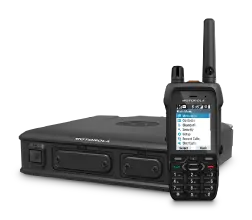
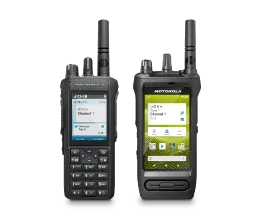
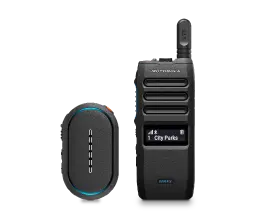
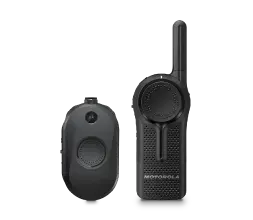

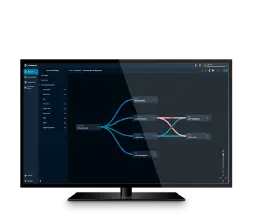
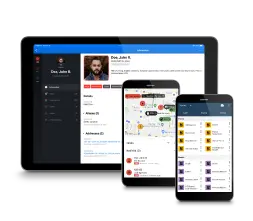
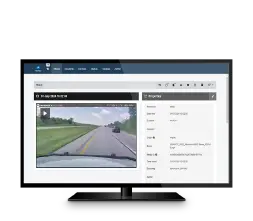
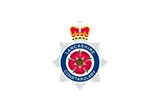









A shared vision of safety and security
Explore why customers depend on our connected ecosystem to create better outcomes for the people and places they serve.
Read their stories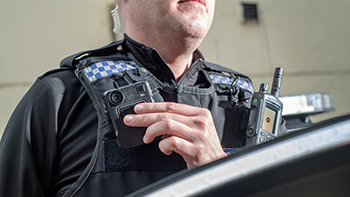
Lancs Constabulary face frontline challenges with technology
In a first for UK police, the force combines our leading body cameras with Pronto, our digital policing application for enhanced efficiency and evidence capture.
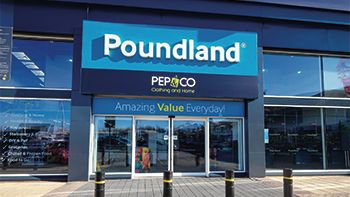
Leading UK retailer cuts crime with body cameras
Deploying our VT100 body cameras helps Poundland tackle antisocial behaviour, aggression and shoplifting.
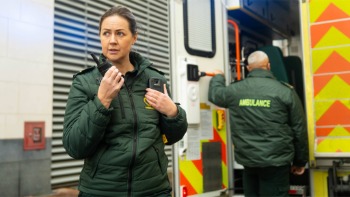
Dutch ambulance service revamps radio communications
GGD Kennemerland Ambulance Service deploys our portable TETRA radios for clear audio and long battery life, boosting frontline safety and operational efficiency.
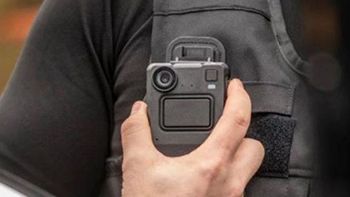
Modernising policing with Motorola Solutions body cameras
French Ministry of the Interior to deploy 30,000 Motorola Solutions’ VB400 body cameras to its National Police and the Gendarmerie (military police).

Capturing better data for Leicestershire FRS
Discover how Leicestershire FRS uses technology to proactively prevent fires in their community.

Retail giant REWE pioneers technology innovation
Our in-store connectivity solution enhances customer service and operational efficiency for the German supermarket.

Safer, smarter services for Belgrade Nikola Tesla Airport
Our product ecosystem, featuring body cameras and fixed video solutions, has significantly enhanced security and operations.
Please wait...
See what safer can do.



Safer communities
Our ecosystem helps protect people, property and places and enables collaboration between public safety agencies, enterprises and communities that’s critical to safety and security.
Our ecosystem helps strengthen safety everywhere.
Learn moreTechnology that’s exponentially more powerful, together.
No matter the situation, the TETRA radio portfolio was built to streamline your mission-critical communications, so you can get the job done.
Explore all radiosWe unify voice, video and data feeds into the command centre, providing perspective to help make decisions with focus, accuracy and speed.
Explore all softwareFaster investigations and response times require proactive detection. Make intelligent mobile video and fixed video security your operational advantage.
Explore all video securityWe provide managed, support and professional services to keep your solutions secure, optimised and current.
Explore all services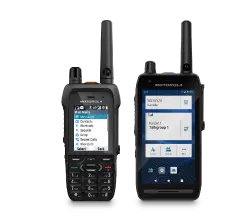
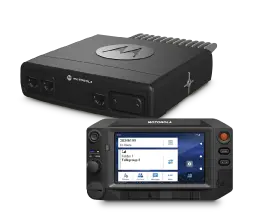
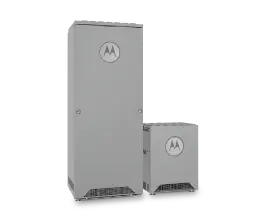
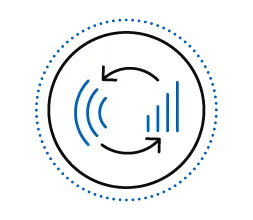
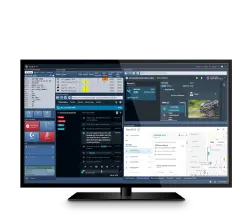
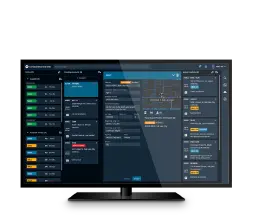
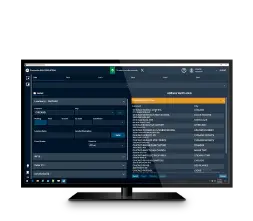
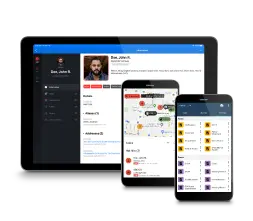









A shared vision of safety and security
See why your local police depend on the Motorola Solutions public safety technology ecosystem to create better outcomes for the communities they serve.
Read their stories
Lancashire Police deploy Motorola Solutions in-car video
The Motorola Solutions M500 can live-stream video back to the control room, enabling our team to build a clear picture of unfolding events by giving us eyes on the scene.

City of Cologne deploys a Motorola solutions TETRA solution
City of Cologne deploys a TETRA control room solution along with both portable and mobile radios for enhanced management, organisation and safety of personnel.

City of London Police Strengthens Safety with Body Cameras
The new video technology will capture valuable incident footage that provides an objective record to promote transparency and accountability whilst keeping everyone safe.

Spanish town council boosts efficiency with WAVE PTX
Illescas town council in Spain implemented WAVE PTX, TLK 100 and Evolve devices to boost worker efficiency and improve city-wide voice and multi-media comms (EN, ES).

Police body cameras helping reduce crime in Northern Ireland
The Police Service of Northern Ireland are utilising VB400, VT50XLR and X-100 cameras to securely capture and manage video evidence helping to reduce crime.

Worcester City Council operates an Avigilon security system
Worcester City Council operates a video security system in the city centre predominantly for crime prevention and deterrence to keep their communities safe.

German Federal state of Thuringia deploys body cameras
The devices will be used by police forces across the state to help teams de-escalate dangerous situations, support accountability and increase officer and public safety.

Greater Paris police force uses MOTOTRBO for improved safety
The Poissy Municipal Police Force has deployed a MOTOTRBO radio network to improve coverage across its commune, and to add functionality such as GPS and man down alert.
Please wait...
What can safer do? Connect those in need with those who can help.



Safer firegrounds
Our safety and security ecosystem helps protect people, property and places, enabling collaboration that’s critical to safety and security – from a routine call to the most critical mission.
Our ecosystem helps strengthen safety everywhere.
Learn moreTechnology that’s exponentially more powerful, together.
Your job is mission critical. Our rugged radios are designed to be reliable and to optimise your communications, specifically in extreme environments.
Explore all radiosWe unify voice, video and data feeds into the command centre, providing perspective to help make decisions with focus, accuracy and speed.
Explore all softwareVideo technology is quickly becoming a more useful asset within the fire and EMS service. See how video can help your department today.
Explore all video securityWe provide managed, support and professional services to keep your solutions secure, optimised and current.
Explore all services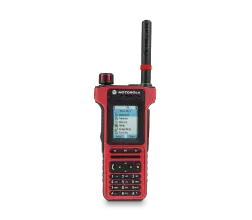
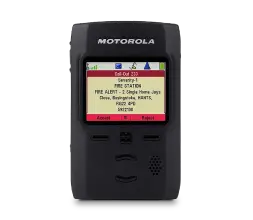
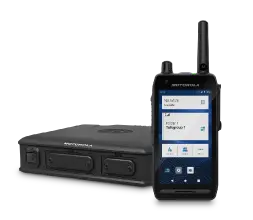
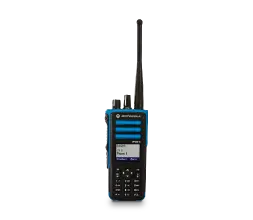
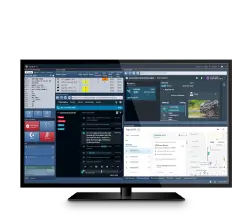
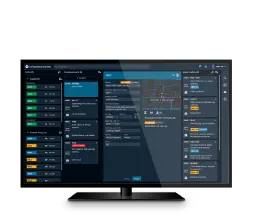
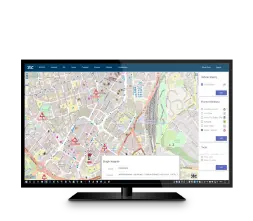
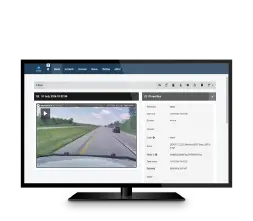






A shared vision of safety and security
When unforeseen challenges present themselves, discover why fire departments and emergency response teams depend on our safety and security ecosystem.
Read their stories
Dutch ambulance service revamps radio communications
GGD Kennemerland Ambulance Service deploys our portable TETRA radios for clear audio and long battery life, boosting frontline safety and operational efficiency.

Capturing better data for Leicestershire FRS
Discover how Leicestershire FRS uses technology to proactively prevent fires in their community.
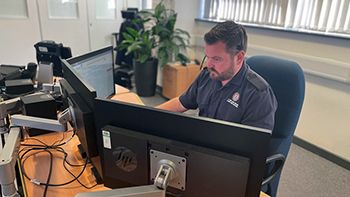
UK Fire and Rescue Service turn to Motorola Solutions
Tyne and Wear Fire and Rescue Service U.K. to deploy Motorola Solutions’ cloud-hosted control room solution to create one of the safest communities in the country.
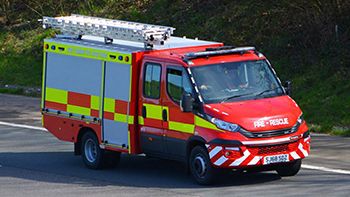
Fire & Rescue deploys MOTOTRBO for critical communications
This UK Fire & Rescue Service has deployed a MOTOTRBO radio communications system for effective, safe incident ground communications for all critical situations.
Please wait...
What can safer do? Help bridge the gap between crisis and care.



Safer missions
Our safety and security ecosystem delivers a lifeline that service personnel depend on to successfully inform, lead and conduct missions. Because a safer mission is a successful mission.
Our ecosystem helps strengthen safety everywhere.
Learn moreTechnology that’s exponentially more powerful, together.
Rugged, reliable and extensively tested communications systems powered by our durable network infrastructure to support your missions.
Explore all radiosWe unify voice, video and data feeds into the command centre, providing perspective to help make decisions with focus, accuracy and speed.
Explore all softwareWe design video security and access control solutions that let you keep your military infrastructures and service personnel safe.
Explore all video securityWe provide managed, support and professional services to keep your solutions secure, optimised and current.
Explore all services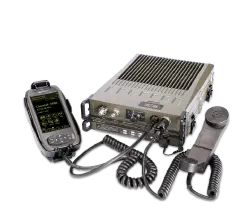
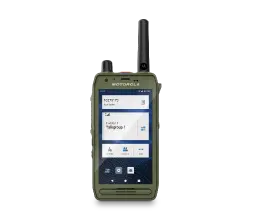
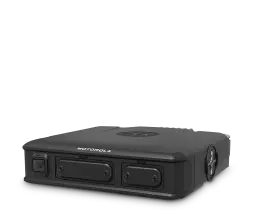
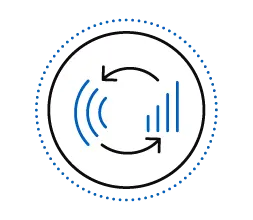
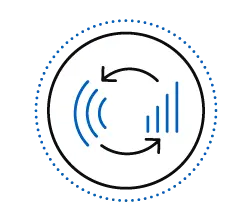
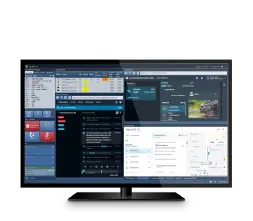
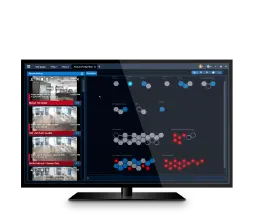
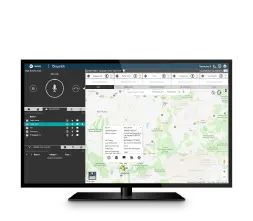









A shared vision of safety and security
Empower personnel to make informed decisions in real-time then lead and conduct your operation with our mission-critical technology ecosystem.
Read their stories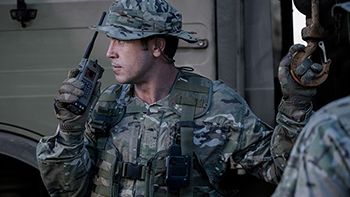
German armed forces deploy TETRA communication system
The new deployable mission-critical digital networks combine a TETRA solution with an LTE solution for the transmission of data across thousands of radio devices.

Polish army enhances communications with TETRA radio system
The Polish Armed Forces awarded Motorola Solutions with a new contract to extend and redesign the army’s encrypted digital radio system using the TETRA radio system.
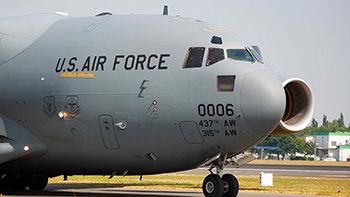
Offutt Air Force Base deploys an Avigilon security solution
Offutt Air Force Base deployed a robust video solution from Avigilon that helped to conduct investigations, implement performance improvements and train personnel.

4th Stryker Brigade uses WAVE PTX for communication mobility
4th Stryker determined that only WAVE PTX could bridge the gap between radio networks on the battlefield and the established IP networks where higher decisions are made.

20th Support Command uses WAVE PTX for rapid communications
20th Support Command uses WAVE PTX communications to provide the flexibility and radio network that WCEs, larger command-and-control groups, need to succeed in the field.
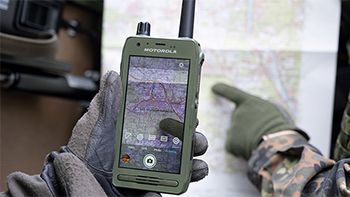
German armed forces are the first to deploy the new MXP7000
The rugged and secure TETRA radio MXP7000 gives first responders in the German army versatile access to its voice and data communication capabilities they rely on.
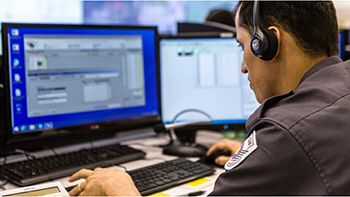
Middle East military city boosts operations with MOTOTRBO™
The MOTOTRBO digital radio system has already become central to city communications, offering GPS, call recording and phone interconnectivity all under one platform.
Please wait...
What can safer do? Help complete a mission.



Safer retail
Our safety and security ecosystem drives the competitive edge, keeping employees safe while delivering on customer experiences by detecting theft, securing facilities and keeping teams connected.
Our ecosystem helps strengthen safety everywhere.
Learn moreTechnology that’s exponentially more powerful, together.
Connect your associates through reliable and long range communication devices and apps.
Explore all radiosConnect your store's radios to video solutions and stay alerted to any emergency situations.
Explore all softwareCreate a safer shopping environment while preventing theft with comprehensive retail security systems.
Explore all video securitySecure your store, enhance customer experiences and optimise operations with Managed & Support Services from Motorola Solutions.
Explore all services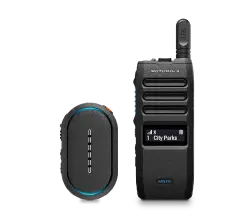
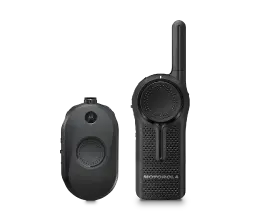
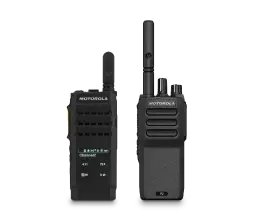
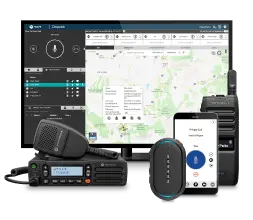
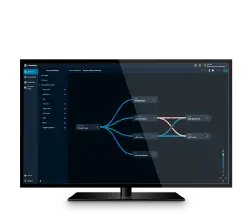
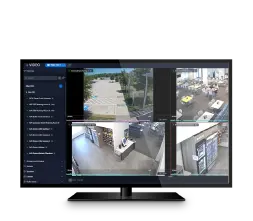
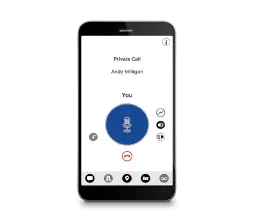
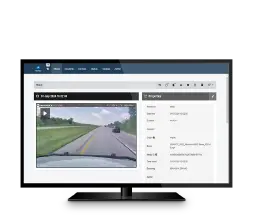







A shared vision of safety and security
Check out the safety and security technology that connects to keep employees safer, operations more efficient, and customers happier.
Read their stories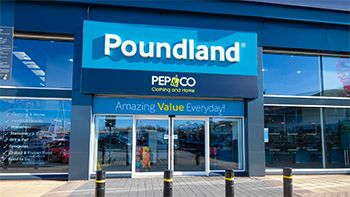
High-street retailer introduces body cameras in-store
Poundland significantly reduces antisocial behaviour, aggression and shoplifting with Motorola Solutions VT100 body cameras.

Retail giant REWE pioneers technology innovation
Our in-store connectivity solution enhances customer service and operational efficiency for the German supermarket.
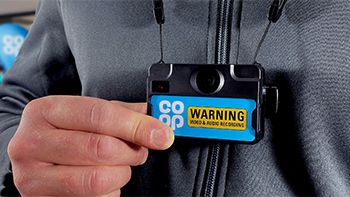
Large retail chain selects Motorola solutions body cameras
UK retailer, the Co-op, are using VT100 body-worn cameras to enable immediate response to acts of violence and aggression towards customers and colleagues.

Motorola Solutions provides safer shopping
Motorola Solutions’ safety and security ecosystem enhances the shopping experience and protects the public and employees.
Please wait...
What can safer do? Bring front line workers peace of mind.



Safer manufacturing
Our safety and security ecosystem helps connect machines, people and data. From the production line to the bottom line, safer manufacturing helps drive the shift to “smart” manufacturing.
Our ecosystem helps strengthen safety everywhere.
Learn moreTechnology that’s exponentially more powerful, together.
Keep your teams connected, increase workplace safety and boost productivity with MOTOTRBO Digital Mobile Radios (DMR) and systems.
Explore all radiosPurpose-built to enable emergency and operational notifications, critical data sharing, response coordination and automated workflows.
Explore all softwareStreamline operations and keep manufacturing workers safer with live video monitoring, access control and plant security systems.
Explore all video securityWe provide managed, support and professional services to keep your solutions secure, optimised and current.
Explore all services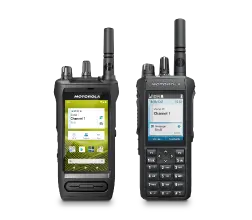
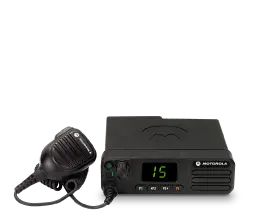

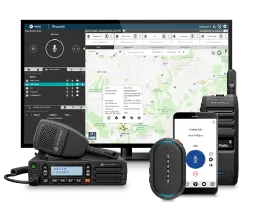
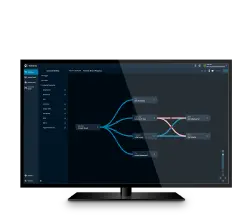
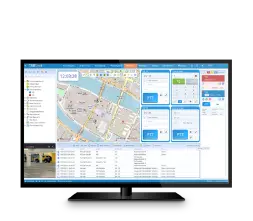
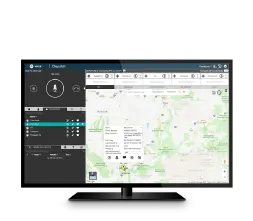
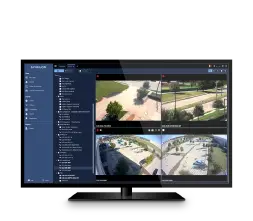






A shared vision of safety and security
Discover how our safety and security ecosystem offers critical communications, video security and command centre technologies to help connect machines, people and data.
Read their stories
UK manufacturer deploys DIMETRA Express TETRA system
Our partner Avoira helped this UK manufacturer to replace their ageing system with DIMETRA Express to benefit from the latest in secure communications technology.
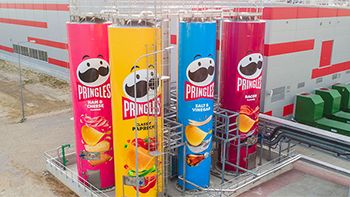
MOTOTRBO™ IP Site Connect drives safety at Pringles facility
MOTOTRBO IP Site Connect delivers secure communications for Kellanova, formerly Kellogg’s at its factory in Kutno, Poland, Kellanova's second-largest plant in Europe.
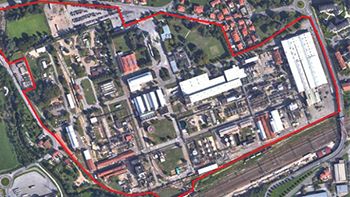
MOTOTRBO integrated platform enhances emergency management
Manufacturer deploys MOTOTRBO ATEX radios and control room software at its facility in Rho, Italy for broadcast of sound announcements and communication in emergencies.

Keeping Production Moving at Mercedes-Benz
Radio users can be tracked and monitored in real time with a TRBOnet Indoor system, which uses beacons to locate personnel quickly and easily in an emergency.
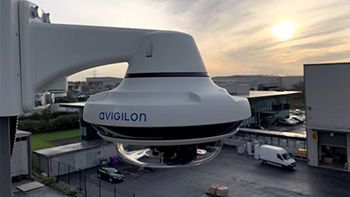
Independent Express Cargo Ltd deploy an Avigilon solution
Our Avigilon system has helped dramatically expedite our detection and verification of events that can impact not only our business but the security of our sites.

Leading UK science facility deploys DIMETRA Express
The world-leading scientific facility Wellcome Genome Campus chose DIMETRA Express for an easy-to-deploy, resilient and secure system that provides site-wide coverage.

Kazakhstan Malting plant deploys MOTOTRBO for worker safety
The Soufflet Group deployed a MOTOTRBO system including ATEX models for potentially explosive areas at its malting plant in Kazakhstan to enhance worker safety (EN, RU).
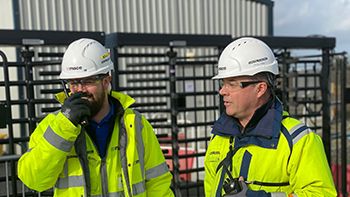
Global construction company deploys MOTOTRBO Capacity Plus
Global company Mace Construction deploys MOTOTRBO Capacity Plus for reliable, clear communications and critical safety at major European site.
Please wait...
What can safer do? Drive productivity and the bottom line.



Featured news
